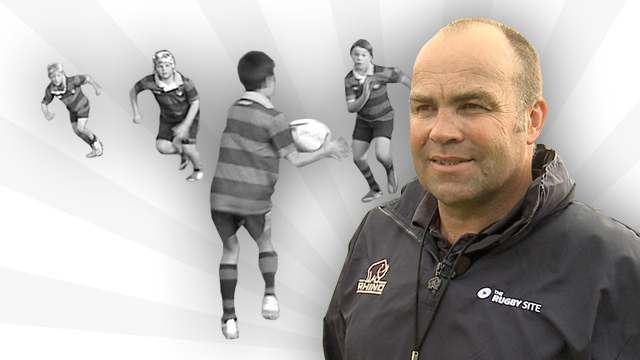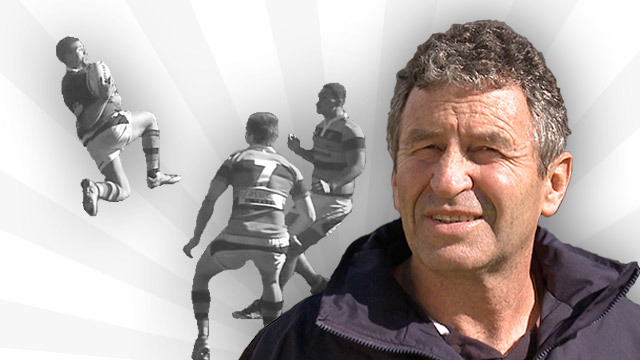One of the biggest recent loopholes in the professional game as been the so-called ‘Dupont’s Law’, related to offside after a kick is made. Under the old law, all members of the kicking team ahead of the ball were automatically placed onside when the receiver either ran five metres, or passed or kicked the ball.
The practical outcome was that those defenders waited patiently upfield for the kick receiver to make his move before becoming very active indeed. Anyone who wishes to review the negative consequences of this law need look no further than the second half of the France-Scotland game from the 2024 Six Nations.
Thankfully World Rugby moved quickly to close the loophole, with significant adjustments to Laws 10.1, 10.4 and 10.7. The stipulations for the receiver to run five metres or pass the ball were dropped, and players from the kicking team were now required to move actively towards their own goal-posts from upfield positions after a kick.
These law tweaks have already had a concrete impact on the value of the kick return, one which totally belies the relatively small scope of the word ‘tweak’. One of the clearest examples occurred in the recent English Premiership match between Leicester Tigers and Bath Rugby:
Finn Russell – one of the main actors in the France-Scotland kicking farce – exits under pressure from his own goal-line. Under the old law, all those Bath forwards languishing near the 40m line would be placed onside once the receiver [Leicester’s Jack Van Portvliet] runs five metres. Under the new regulations, they must continue retiring towards their own goal-line and may not interfere in play:
Insert TRS Dupont 1
That gives the Tigers’ scrum-half free access to a position deep inside the Bath 22, and two phases later he administered the finishing touches to the move he started:
Summary
The Dutch painter Vincent Van Gogh once said, “Great things are done by a series of small things brought together". Substitute ‘laws’ for things, that saying could as easily be used to summarize the impact of kick returns, with no ‘Dupont’s Law’ to protect the chase.






















